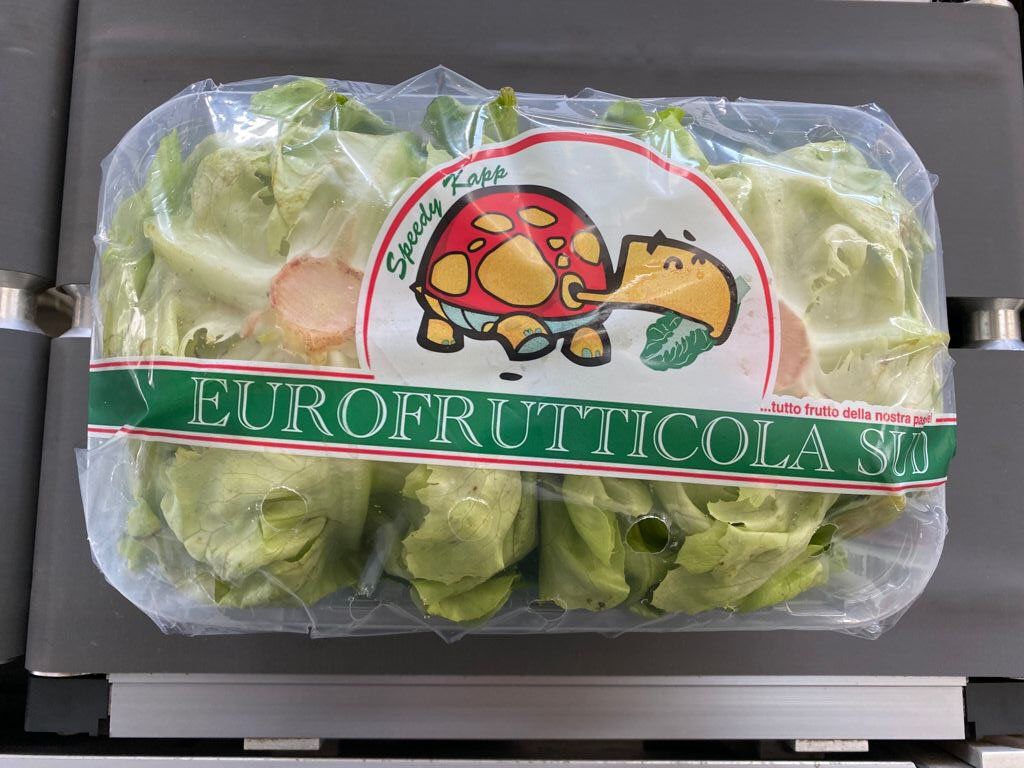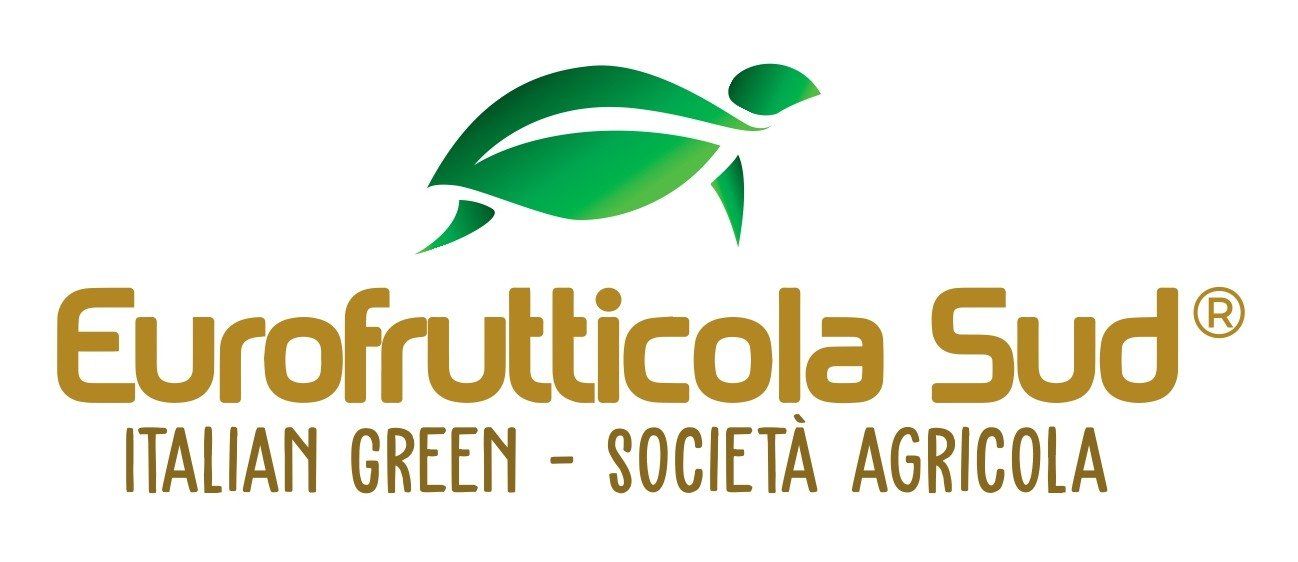Call us
Bringing the best organic fruit and vegetables to the table
Our products
Convenient fruits and vegetables in San Valentino Torio
The fruit and vegetables grown by the Eurofrutticola Sud of San Valentino Torio are packed immediately after being collected into containers that fit 12 to 16 pieces.
The Salerno-based company deals with wholesale food supplies for restaurants, hotels, bars, pubs, canteens and communities, but also for small shops and supermarkets.

Titolo diapositiva
Scrivi qui la tua didascaliaPulsante
From sowing to packaging
Campanian dishes require the use of fresh vegetables, such as ragù, for which San Marzano tomatoes are used, for pasta and beans and for “pastenaca”, the typical carrot balls.
The Eurofrutticola Sud makes sure that in Italian kitchens, not only in San Valentino Torio, but also in all of Italy, the best fresh vegetables and freshly picked fruit are always available whether it's seasonal or in the greenhouse.
The staff of Eurofrutticola Sud takes care of everything from sowing to harvesting and from packaging to distribution.
From seasonal vegetables to greenhouse varieties
The Eurofrutticola Sud makes deliveries throughout the Italian regions. Thanks to its decades of experience, it has become a point of reference also for companies working abroad. With flexibility in the planning of sowing, the company can also program productions based on the requests of its customers.
The organic fruit and vegetable products offered by the company include:

Titolo diapositiva
Scrivi qui la tua didascaliaPulsante
- Gentile or Gentilina salad: leaf vegetable belonging to the Compositae family, with wavy, slightly rippled, green or reddish leaves. The head has a slightly elongated shape and its weight varies from 300 to 400 grams. With its sweet and crunchy flavour, Gentilina has few calories and is rich in folic acid, vitamins A, C, D, E, K, fibres and mineral salts (potassium, iron and phosphorus);
- Cappuccina or Trocadero salad: this lettuce is characterised by round-shaped tufts, with large, smooth leaves that overlap one another, giving it that typical hooded appearance. The Cappuccina is very rich in fibre and has a mild sedative effect. Also this vegetable has few calories and is rich in vitamins A, C, D, E, K, fibres and mineral salts (calcium, potassium, sulfur, iron, magnesium and phosphorus);
- Kohlrabi: as big as a grapefruit, the kohlrabi has a totally edible stem and is rich in vitamin C, phosphorus and calcium;
- White cauliflower: a vegetable belonging to the Cruciferae with a high satiating power, it is found from September to May and is rich in vitamins with mineral salts.
Always ready side dishes and salads
In the fields of the Eurofrutticola Sud there is a wide range of horticultural products, from fruit to vegetables, organic, natural, fresh and genuine. Among these:
- Boby green beans, bobis or croissants: of the papilionaceous family, of intense green colour and elongated shape with white seeds: they are the immature pods of the beans. Poor in calories, they are rich in vitamins A and C;
- Marconi beans: climbing vegetables also known as mangiatutto beans, are characterized by their elongated and flattened shape, rich in vitamins and mineral salts;
- Borlotti beans or kidney beans: they are brought to markets and supermarkets as a fresh product, still in their red-pinkish pods. Complete food, it contains proteins, fats, carbohydrates, fibres, vitamins A, B, C, E, lecithin and glucodrine, a fundamental molecule for the control of blood glucose;
- Spring onions: these are onions that are still immature, with a bulb in formation. For this reason the flavour remains very delicate;
- Red, yellow or square California peppers: they belong to the Solanaceae family, rich in vitamins C, B, fibres, and mineral salts such as iron, potassium, magnesium and calcium. The red ones also contain beta-carotene;
- Carrots: rich in vitamins A, B, C, PP and E, they belong to the Apiaceae family; thanks to the richness of beta-carotene, mineral salts and simple sugars, they are an ally to stimulate the immune defenses;
- Radishes or radishes: white flesh, with a spicy flavour, are the spherical roots of the Raphanus sativus that belongs to the daikon family, a root cultivated in Japan. There are various species in terms of colour and taste.
Call us
EUROFRUTTICOLA SUD sas
REGISTERED OFFICE:
Via Tuoro, 80
84010 San Valentino Torio, SA
+39 081 5185168
|
eurofrutticolasud@libero.it
VAT Reg. No. 03419650654 |
Legal Information
|
Privacy Policy and Cookie Policy






